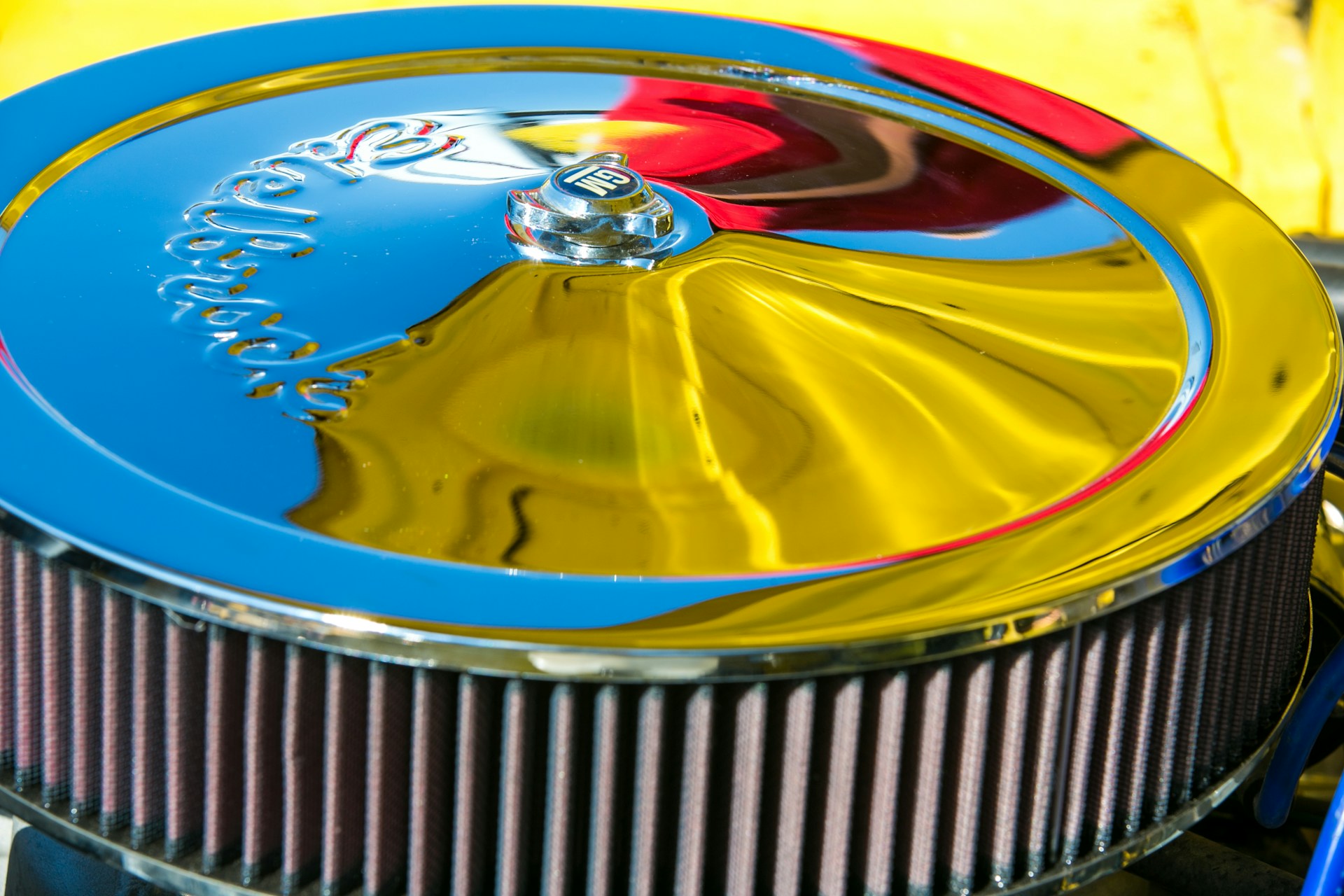Few things highlight human civilization’s dominance as much as air travel.
Here we are, a species with a general fear of heights, traveling at hundreds of miles an hour, thousands of feet above the ground.
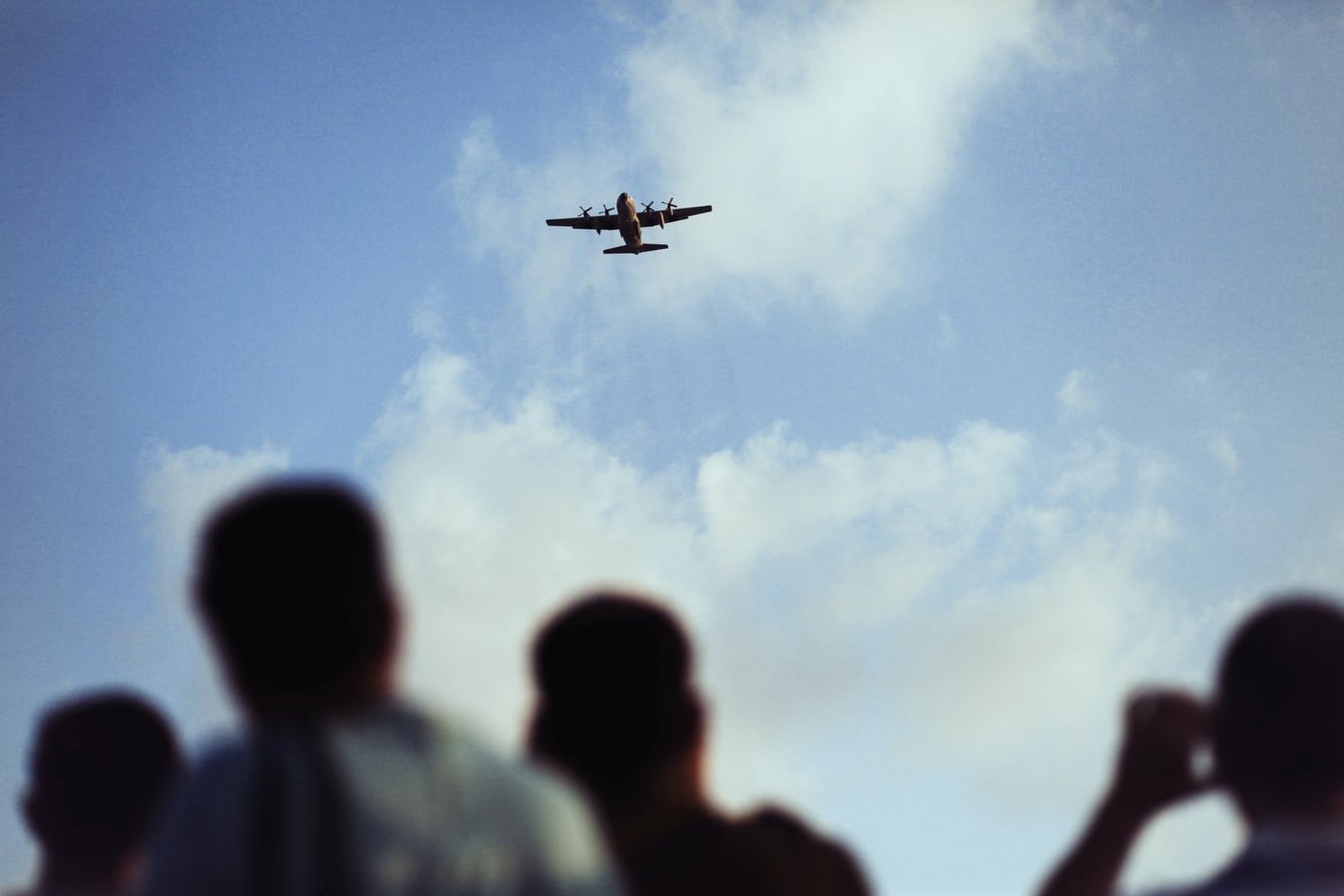
Despite aviation being considered a somewhat vague subject related to rocket science, it does happen to have quite a following. An avgeek is essentially someone with a wider-than-average knowledge of the concept of aeronautics. That being said, we believe that anyone is an avgeek at heart; admittedly, we all secretly desire to be astronauts, or at least intrigued by the concepts behind it.
However, if you are a novice when it comes to aircrafts and their engineering, there are a few things you need to know about what contrives a good aircraft.
Historical Integrity
All engineered products must be inspected thoroughly, including the aircraft’s overall history. In the aviation game, statistical analysis of data gives a somewhat accurate measurement of how qualified the aircraft is and how well it’s going to withstand the test of time.
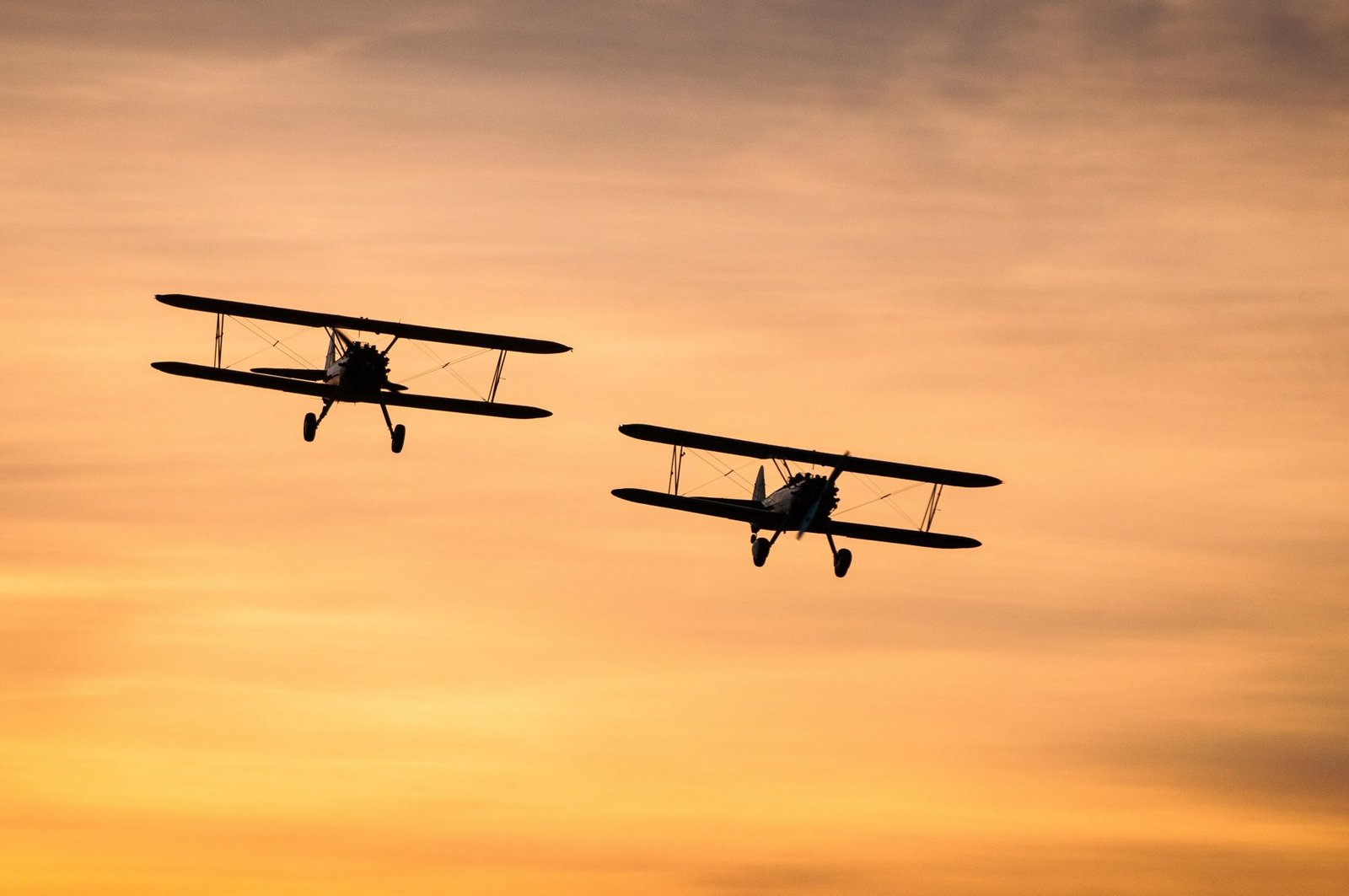
That’s why when avgeeks contemplate the strength of an aircraft’s performance, they always look for things like the history of mechanical failures in a specific model, the manufacturing company’s history, and the number of flights it can make before getting completely depreciated. This is the reason behind the countless small business aircraft manufacturing companies that can’t become commercial until they’ve proven their worth over a prolonged period of time.
Engineering Stability
One can’t depict a highly qualified aircraft without pondering about stability. After all, it is one of the most critical aspects of any automobile designed for long-range travel. Balance control and stability are closely related to the center of gravity of the aircraft. From a scientific standpoint, the more compact the vessel is, the easier it is for the center of gravity to be strategically placed to gain maximum stability. Plus , aircraft designers must also consider the effect of external forces such as turbulence and air resistance.
An important aspect of engineering stability is the quality of the aircraft parts used. This is why it is crucial for aircraft owners and operators to have access to a reliable and reputable aircraft parts store in their area. These stores offer a wide range of high-quality parts that are essential for the proper functioning and safety of an aircraft. From small components like bolts and nuts to larger, more complex elements like engines and landing gear, these stores ensure that all necessary parts are readily available.
These compact aircrafts could also be implemented on a militarized unmanned drone. As shown on this website, some drones are capable of carrying equipment of weights up to 370 KG, have a maximum endurance of 20 hours, supported by twin fuel engines; all of which couldn’t have been possible without a stably engineered body. The technological progression of unmanned drones is a sign of innovative potential.
An important aspect of engineering stability is the quality of the aircraft parts used. This is why it is crucial for aircraft owners and operators to have access to a reliable and reputable aircraft parts store in their area. These stores offer a wide range of high-quality parts that are essential for the proper functioning and safety of an aircraft. From small components like bolts and nuts to larger, more complex elements like engines and landing gear, these stores ensure that all necessary parts are readily available. These stores not only provide components but also hydraulic fluid like skydrol and protectants like ACF-50 to help protect and prolong the life of the plane.
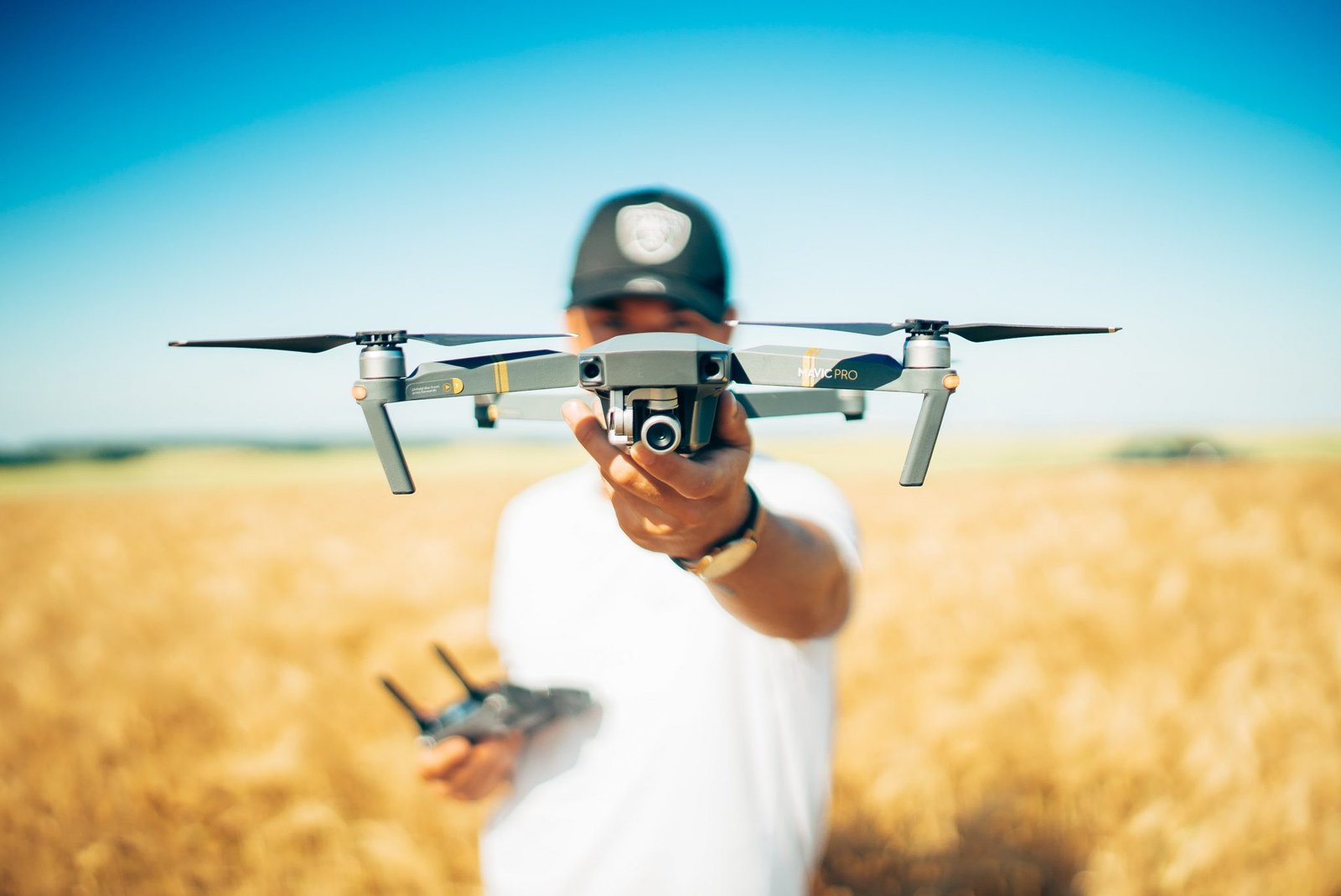
Handling
Proper handling, along with engineering stability, falls under the category of flying quality tests. Naturally, the notion of handling an aircraft can rather be mind-boggling to the inexperienced, in comparison with a land/water-based automobile. Again, the consensus is that the lighter the aircraft model is, the easier its handling is going to be. Lower weights make it easier to create a design that’s more aerodynamic, which naturally leads to more stability. This school of aircraft analysis goes on to focus mainly on creating aircrafts that are more suitable for non-commercial use like drones, i.e. military surveillance and attacks. It’s important to note that aircraft mechanics don’t really have a preference when it comes to dealing with manual or auto handling. As long as the handling is correctly integrated into all its respective engineering units, it doesn’t matter who or what is steering.
Aircraft Systems
This measure of quality typically focuses on how many built-in systems the aircraft has, and how efficient they are. It is a widely known fact that almost all engineered tasks are automated in an airplane. So, you’ll almost always find that there is more than one subsystem governed by the main central system. These subsystems each cater to specific actions in the aircraft. For instance, the ECS (Environmental Control Systems) is responsible for the atmosphere and temperatures that the passengers feel. It is practically an all-purpose air-management unit, which is directly responsible for humidity, cabin pressurization, ventilation, cooling, and temperature control throughout the plane.
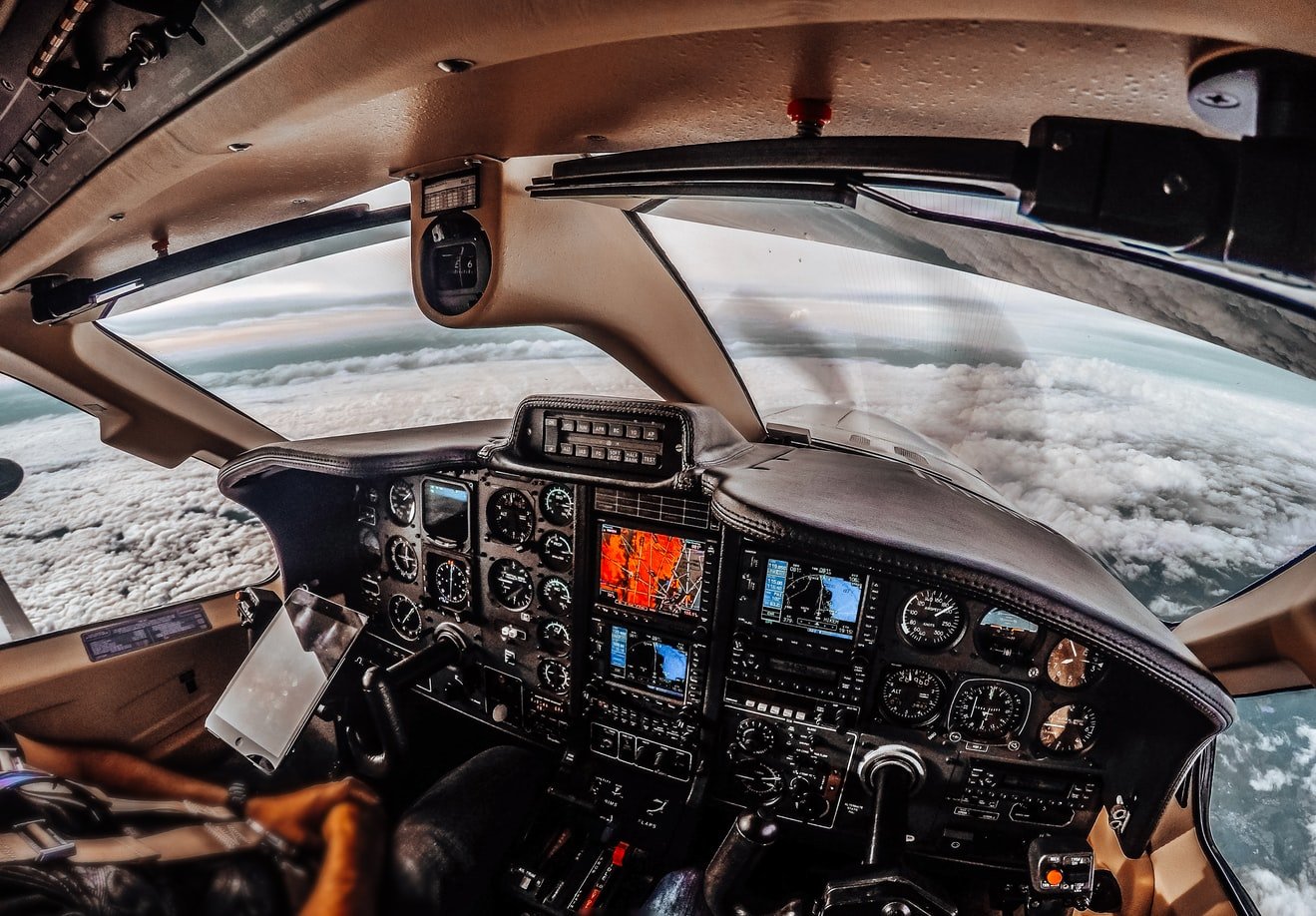
Integral systems to any airplane are the landing gear and hydraulic systems. It is one thing for an aircraft to successfully take off, and a much more complex ordeal for it to safely land. The landing gear and hydraulic systems are designed for this specific sequence of action. These systems are typically aided with a braking system that acts in cases of speedy landings or emergency stops. There are a few other systems to be contemplated, like a power plant, fuel, electrical, avionics, and flight control systems, but they usually follow a standard guideline that typically don’t change from model to model.
Whether you would like to have a more hands-on general knowledge of these multiplexes of innovation and engineering or to actually buy one, it is of the utmost importance that you’re able to tell good aircrafts from bad ones.

This multi-billion industry is closely becoming more available to the mainstream audience, and it’d be wise if you were backed with data that enables you to invest lucratively, or simply fly on the safest airplanes out there.


